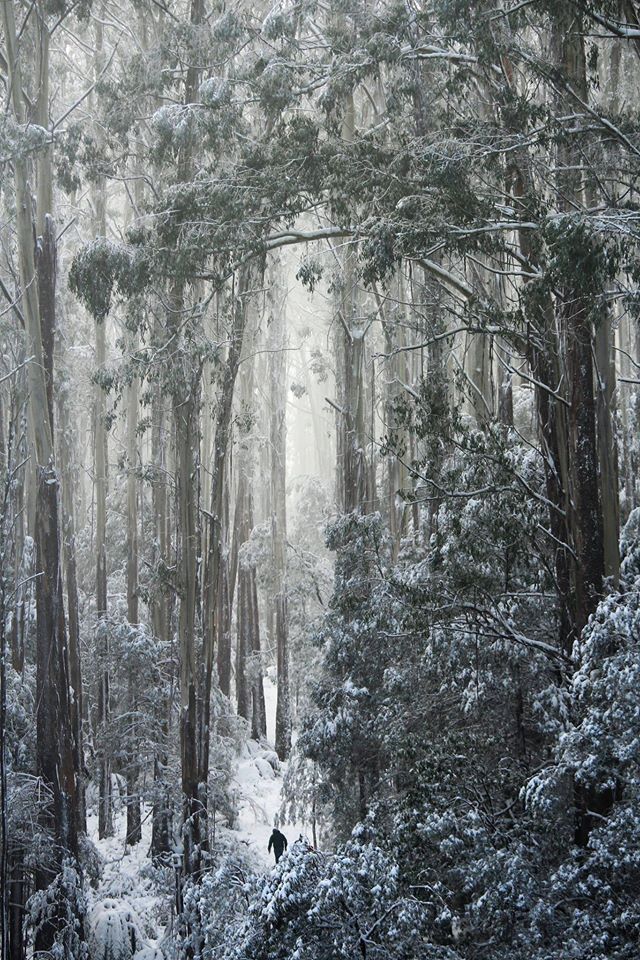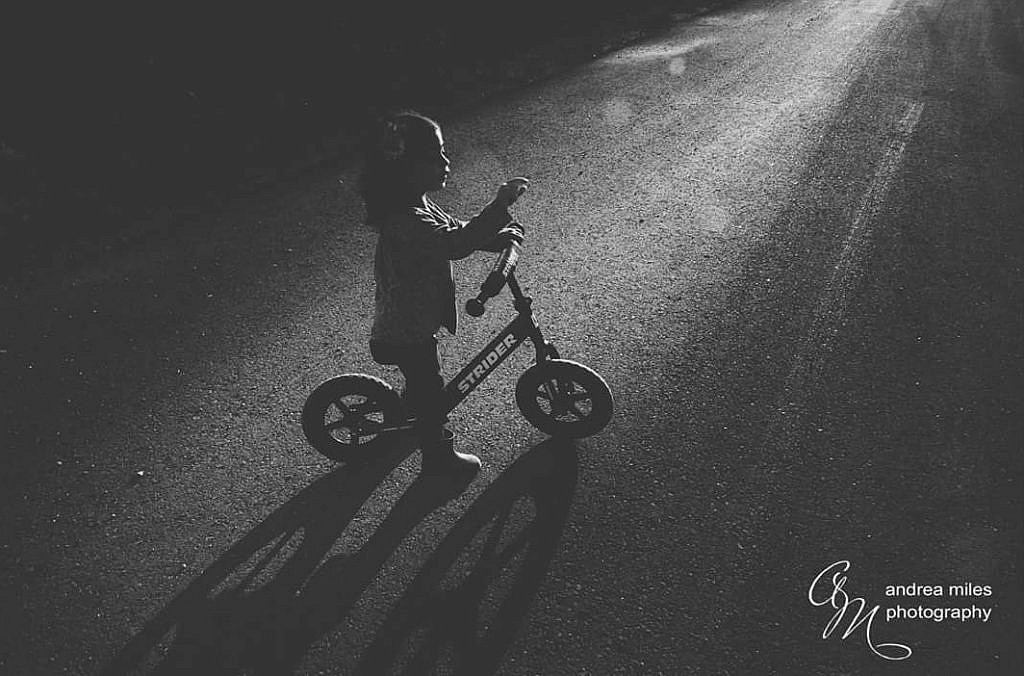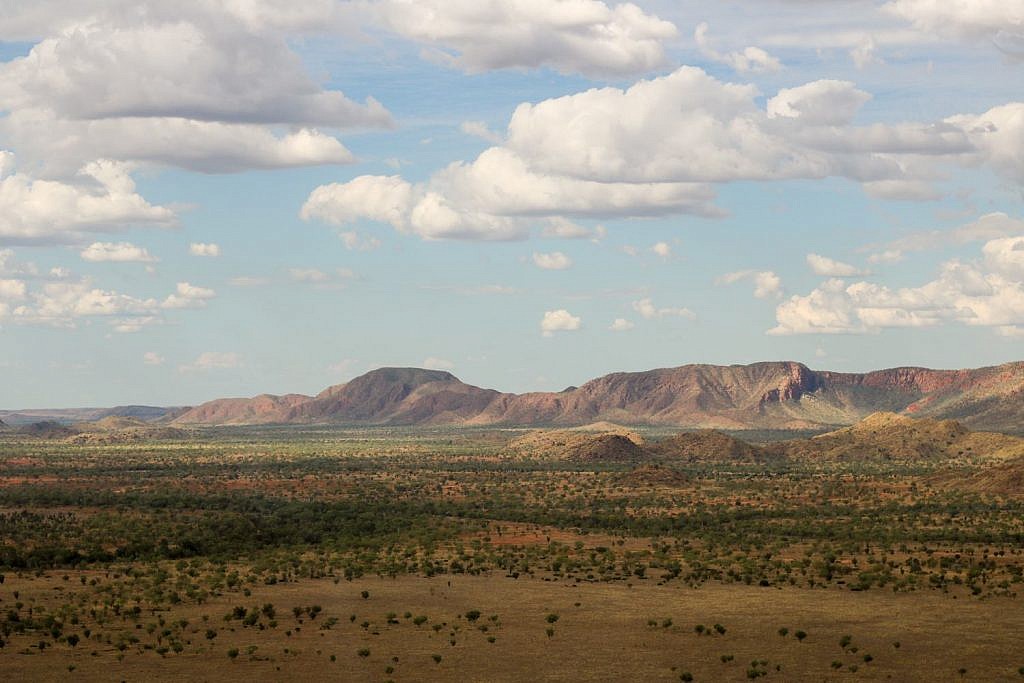8 Tips to Create Art using Lens Distortion
Wide angle lenses are the queens of distortion! They stretch, elongate, and generally exaggerate the size of objects through the viewfinder.
The cause of the distortion is that the lens is shaped in a way that allows it to include more in the frame than the eye naturally sees… it squeezes in extra width by pushing everything back and kind of bending the edges in.
That’s our jargon free explanation!
So what, actually, is a wide angle lens?
Wide angle refers to the focal length of our lens, and any google search will tell you a wide angle lens is a lens with a focal length of 35mm or less on a full frame sensor DSLR (full frame models are the higher level or pro DSLR models).
But if you have a crop sensor DSLR (entry to mid level range), a wide angle on your camera is more like 10-24mm.
Sometimes the distortion can be something to avoid… it can create an effect that we don’t want, such as skewed lines, or elongated limbs.
But on the other hand, because the distortion exaggerates size, it means wide angles are an obvious choice when it comes to shooting landscapes (or real estate photos 
Also, their skewed perspective can be used to our advantage to create artistic images in other genres of photography where you wouldn’t normally think to use a wide angle lens.
We’ve assembled the most useful tips on how wide angle distortion can be used to create beautiful, creative images, and maybe even to capture some slightly unexpected perspective on on everyday subject!
1. Converging Vertical Lines
One of the characteristics of wide angle lenses is vertical lines appearing to bend, and this is something you would almost always attempt to minimise, avoid or correct in processing if you’re shooting architecture for example.
But this image is a great example of how that effect can be used for good!
I took this shot lying on my back, looking up, using the converging vertical lines of the trees not only to artistic effect, but they also acted to frame that gorgeous cotton wool sky.

2. Lifestyle & At Home
In this photo, by shooting at 28mm the photographer could place herself directly over the subject and shoot from her own height and still get everything in the frame.
If this had been shot at what might be considered a more obvious choice of say 50mm, she would have needed to elevate herself using a step ladder or a chair!
Side note: if you’re anything like me you don’t want to be standing on a ladder with your expensive camera!
As a bonus the wide angle would have exaggerated the spread of that spill and overall it’s more loosely framed than it would have been with say 50mm, which I feel lends it a sense of casualness.
We love this shot for the way she has rendered an every day happening into art!

Almitra Hill
3. Find the Vanishing Point
The vanishing point of a photo is the point at which receding parallel lines appear to, well, vanish.
This is usually the focal point of the image as the eye is naturally drawn to that point.
The characteristic of a wide angle to push objects out further than they are in reality gives us opportunity to make more of our vanishing point, and this is evident in this image below in the way the lines of the jetty appear to stretch on to infinity.

Rebecca Cartwright
4. Depicting Size
Although wide angles can capture or exaggerate size (or both), without context it can still be challenging to convey that size in our images.
One way around this is to include an element that will help give a sense of scale. Angela Schmitzer, a Click Love Grow Grad, explained that when she took this shot she purposely left the man in the frame in order to show the viewer just how big the trees actually were, which went a long way to making it a very powerful image.

Angela Schmitzer
5. Artful Portraits
Traditionally wide angle lenses are not used to shoot portraits because the distortion makes everything closest to the lens appear larger than reality and out of proportion with other objects in the frame that are further back. This is not a desirable outcome if you’re shooting a traditional portrait because your subject will appear cartoonish.
However there are some aspects of portraiture, child portraiture in particular, where some characteristics of a wide angle can lend itself beautifully, for varying reasons.
Distortion is always most evident the closer to the edges of the frame your subject sits.
In this portrait, shot at 17mm, the lens has elongated her shadow, almost making it the hero of the image.
Additionally the road appears to stretch away from her significantly, leading us to wonder where it leads.
However, as the subject is sitting in the centre of the frame, if she is affected by any distortion it’s so minimal as to not be evident at all. The best of both worlds!

Andrea Miles
6. Getting Everything in the Frame
As we mentioned in the beginning, wide angle lenses allow us to squeeze a lot more into the frame than the eye naturally sees.
One way this can benefit us is by allowing the environment to add context to our image. In this shot, taken at 24mm (on a full frame DSLR) the photographer wanted to show he was in his parent’s bedroom, jumping on their bed.
Her perspective (taken from the floor) was chosen deliberately in order to include the ceiling and convey the sense of height to which he was leaping off the bed.

Pam Bradford, CLG Instructor
7. Distortion for Fun
Lastly on deliberately distorting portraits for effect, this was shot at ….mm.
Note her head, which is closest to the lens, is disproportionately large in relation to her body, and her features appear to be a little flat.
However this cartoonish effect perfectly conveyed the silly fun she was having.
Quite simply, it’s a more fun perspective. If this had been shot at a more traditional 70-105mm for example, she would appear perfectly in proportion, the focal length would have been more flattering to her features… but even with the oversized glasses and that big cheeky grin, the image would lose a lot of its sense of fun.

Louise Glendon, CLG
8. Perfecting Clouds
Who can resist using a wide angle on clouds?
Wide angle lenses will flatten, but this shot is a perfect example of how the stretched clouds in the foreground has actually lent depth to the image, because of the positioning of where they are, and the shadowing.

Catherine Eves
If you have a wide angle lens and you’ve only been using it for traditional landscape type images, why not zoom it all the way out and see what fun you can have, playing with subjects up close, or further away, and paying attention to the distortion effects that you can create!
You can check out our article on having fun with Wide Angles here…
Join my new workshop and learn How to Shoot Pro-Quality Photos With Your DSLR… and it’s totally FREE to join! Register here…

Leave a Reply Cancel reply
PRIVACY POLICY & SITE TERMS AND CONDITONS
CLICK LOVE GROW ™ Pty Ltd - COPYRIGHT 2024 ©
x
Join Now
Enter your info below to join the challenge!
Want a friendly reminder when I go live?
Pop in your number and I’ll shoot you a text.
* We will send text reminders for our live calls during the challenge! Reply ‘STOP’ to end or ‘HELP’ for help.
We promise not to ever share your details with anyone or send you spam! Check our privacy policy and terms of service.
Be the first to comment